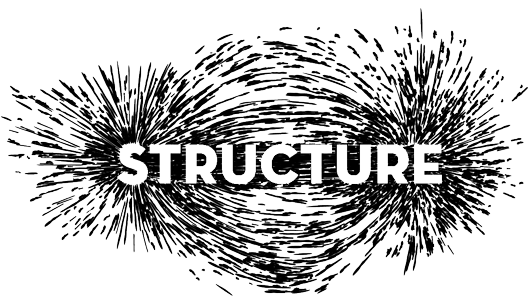Guest Post By Jake Anderson. Follow Jake to read more of his musings.
—
The 100-Year Starship Project was launched in 2012. A joint project sponsored by DARPA and NASA, the goal of the initiative is to facilitate human interstellar travel within the next hundred years. “Given our current technology arc,” says Principal Director Mae Jennison, the goal is attainable.
Of course, the primary challenge to this endeavor is the extraordinary distances involved in traveling to another solar system. The nearest star to the Earth, besides our own Sun, is Alpha Centauri, which is approximately 4.22 light years away. Traveling at the speeds of our current space vessels using Ion Drive Propulsion, a trip to Alpha Centauri would take about 80,000 years.
A trip at this length would require hundreds of generations of humans to live and die on what would be a veritable space ark, something scientists call an O’Neill cylinder. The ark is not a very realistic option for various reasons, not the least of which is the massive uncertainties that would arise during an extreme long distance mission.
Assuming that wormholes, warp drives, and teleportation don’t reveal new options regarding faster than light travel (which could very well prove to be a misguided assumption), the most hopeful–and, at this time, still theoretical–technology needed to expedite an Earth-born ship to Alpha Centauri is Nuclear Pulse Propulsion. This form of travel could hypothetically attain velocities of 5.4×107 km/hr, or 5% the speed of light.
At this speed, it would take a ship 85 years to reach Alpha Centauri. Many scientists believe we may be able to push the speeds closer to 10% or 15% of light speed, but for now we’ll stick with 5%.
Even at this most fortunate–and mind-numbing–speed, it would still be a two-generation voyage with today’s life expectancy. To this point, many scientists believe life extension and life augmentation will be necessary prerequisites for our journey to the stars, that for us to master interstellar travel, we must first master certain intractable biotechnological hurdles.
They believe this for a myriad of reasons, but principally: one) we will need to augment the muscle and bone of the crew member bodies, which will be significantly weakened by a prolonged exposure to weightlessness, two) as of right now, this is a one-way trip for any cosmonauts who take on the challenge, and three) Alpha Centauri is not our ideal star system (or, the one most likely to have habitable planets), just the closest. To travel to more life supporting stars that we can ascertain beforehand have the Goldilocks zone of Earth-like, habitable planets, we would need to travel upwards of 12 light years.
So, in order to realistically travel to another star in the span of a single human lifetime, we will need either A) Faster Than Lightspeed travel, which is currently still considered impossible, or B) Aggressive life extension and augmentation.
In scenario B, it is increasingly looking as if we will need both life extension and life augmentation. Associate Professor Robert Hampton of Wake Forest University notes that because of risk factors such as stroke, epilepsy, and Alzheimer’s disease, “if we launch 100 people on a 100 year journey, 25 of them will be incapacitated by the time they arrive even if we can extend their lifetimes significantly. Interstellar flight, then, demands that we learn to predict and prevent degenerative diseases.”
With significantly extended lifespans, coupled with augmentation against disease and atrophy, new options emerge in our quest to Alpha Centauri. Medical breakthroughs in hibernation might allow the crew to spend most of the journey in stasis, to be reawakened by automatic ship systems.
The core point here is, of course, not how long it will take us to build a 100-year starship, or how long it will take that starship to drop us on the doorstep of Alpha Centauri, or even if such a journey is possible by humans–it’s that in order to even approach these questions, we will have to understand far more about the human brain and body, questions that share many common links with the pursuit of biotechnological revolutions in life extension and augmentation.



